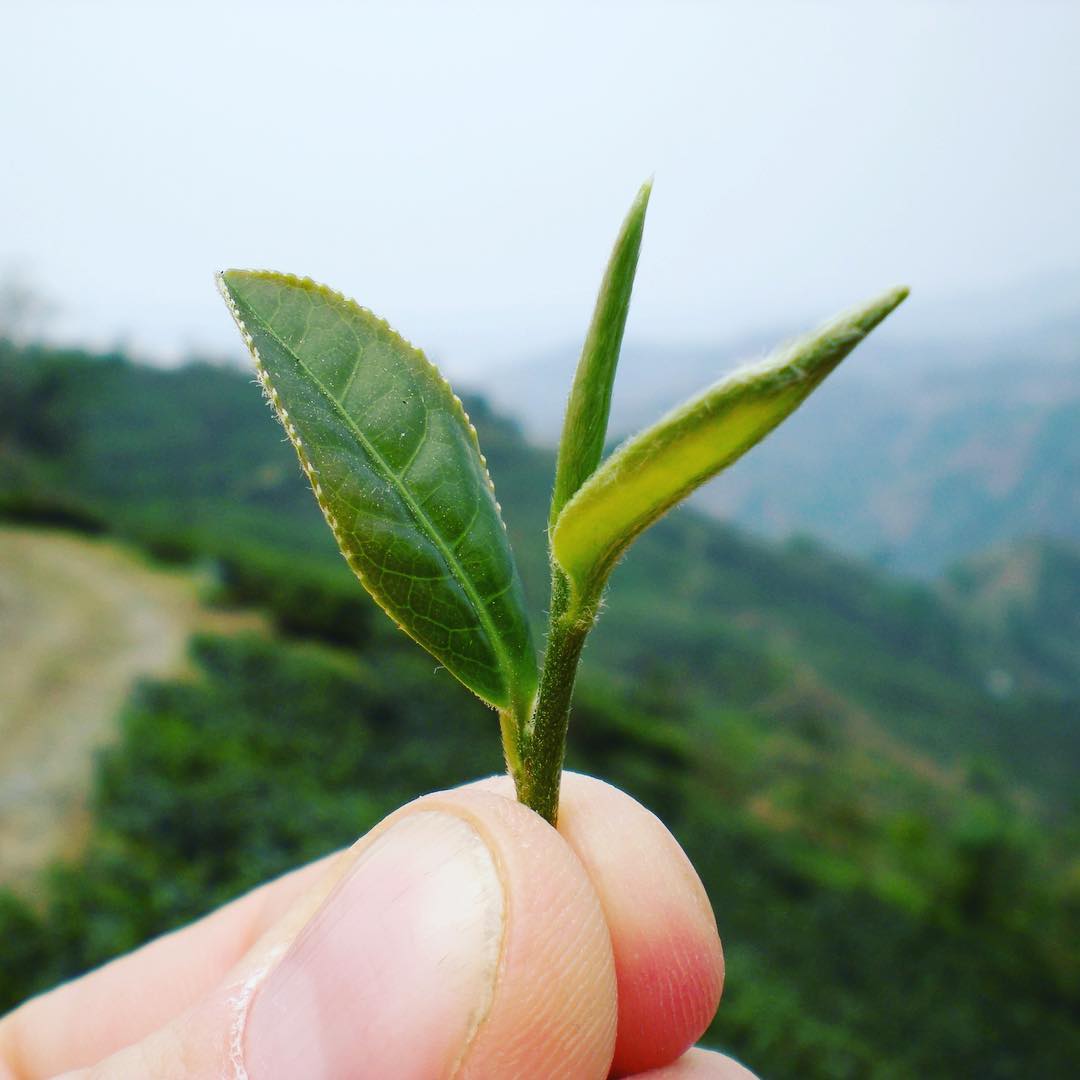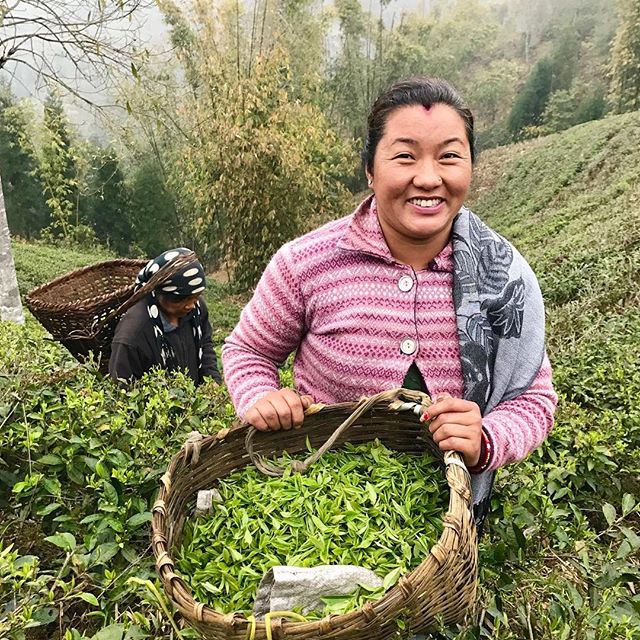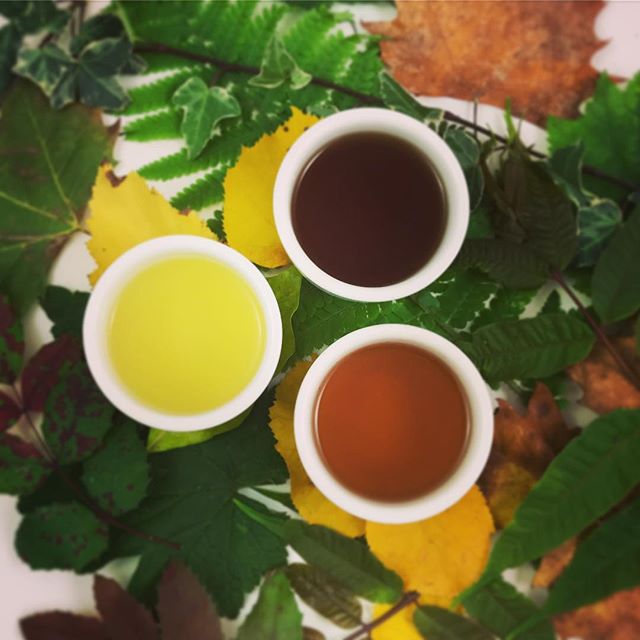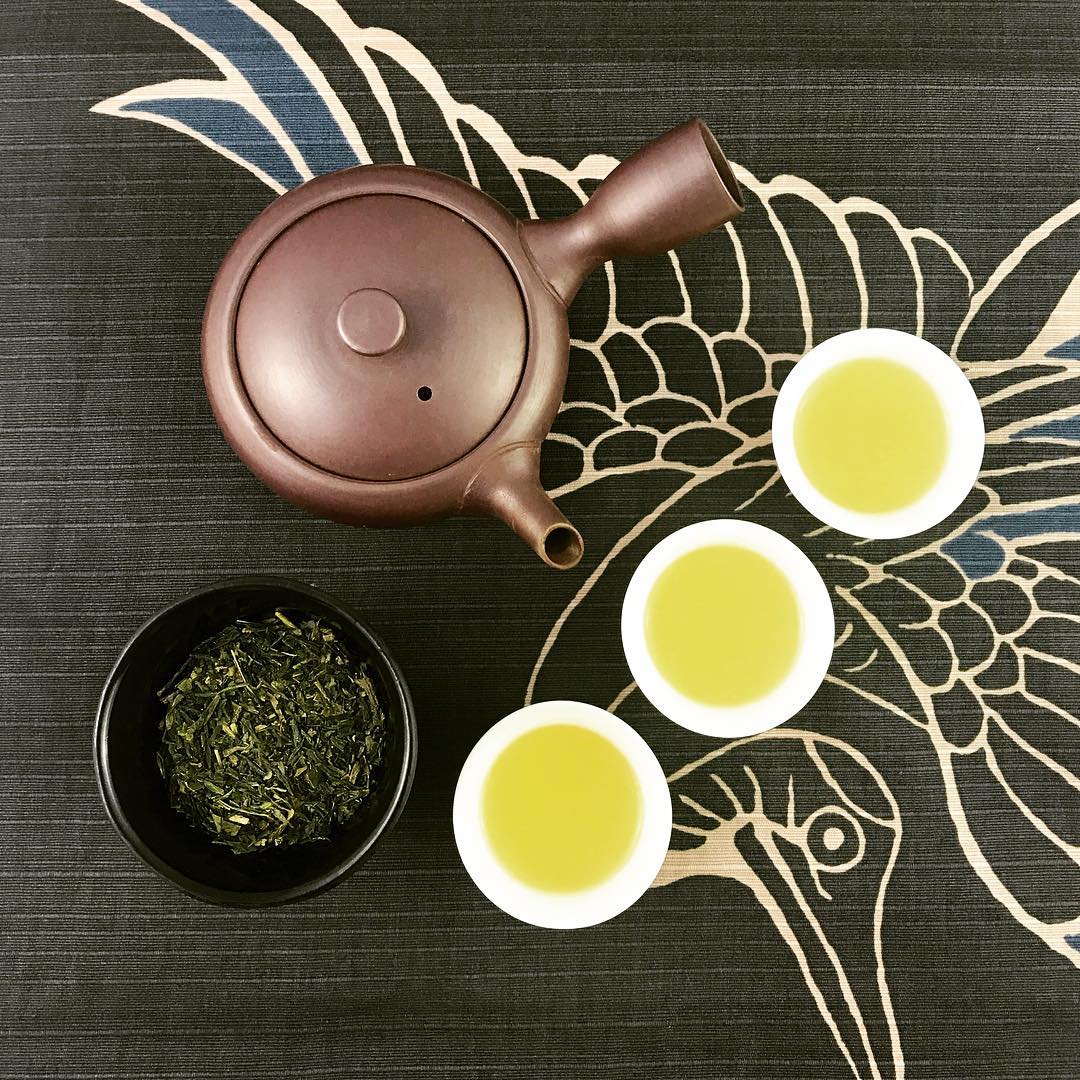ABOUT TEA : HISTORY & CULTURE
History
Tea is the second most consumed drink in the world after water. Globally, around 36,000 cups are drunk every second! Thus it is estimated that 1200 billion cups of tea would be consumed each year in the world.
Origin of tea
Tea appeared about 5,000 years ago in China. An ancient drink that has sparked legendary stories!
It is said that it was by pure chance that Emperor Shen Nong, who used to boil his water to purify it, discovered tea ...
That day, he boiled his water under a shrub, he fell asleep and during his sleep, some leaves of the shrub fell into the water. When he awoke, the Emperor found this delicious drink and decided to develop gardens of this shrub, the tea plant.
He encouraged his subjects to make tea their favorite drink ... and it was a success!

To the conquest of Europe
Born in China, tea first developed in Asia. Like coffee, it was introduced in Europe by the Dutch.
In 1606, a Dutch ship of the Dutch Esat Company shipped to Java some cases of tea exchanged for crates of sage. The story does not say whether the Dutch bought fermented teas or whether the tea fermented naturally during the trip, but it is true that it was first known in Europe in the form of black tea.
In 1653, the first cases arrived in England where the use of the drink spread quickly, carried by the vogue of the coffee. Queen Anne Stuart consumed it for the first time at breakfast. Anne, Duchess of Bedford (1788-1861) was the first to invite her friends for a small afternoon snack over a cup of tea accompanied by cupcakes, sandwiches and pastries. It imitated a habit of French salons, which also disappeared in France before being reintroduced again at the end of the nineteenth century ... by imitation of the British tradition! The eminently social practice of afternoon tea then spread to all sections of the population and was formalized in the nineteenth century in five o'clock tea.
During the seventeenth and eighteenth centuries, tea became a major economic issue, subject to a fierce battle between English (and British) and Dutch. The East India Company, founded in 1599 by Queen Elizabeth, had a monopoly on the tea trade until 1834.
From culture to manufacturing

Gathering
Today, tea picking is still done by hand in most producing countries.
It is practiced several times a year, up to 4 times depending on the region. The picking is done by round of 4 to 14 days, the time that the tea tree is renewed.
Several parts of the shrub are picked:
- At the end of the branches is a bud of whitish down, pekoe ("white down" in Chinese). Its name comes from the fact that it is covered with a whitish down. This is the most sought after part of the shrub!
- Then the youngest leaves, light green. These are the richest in substances (theine, tannins ...). They are also the ones that provide the tastiest and most refined drink.
- Then, down the branch, we find more and more leaves. These leaves give a less tasty drink.
The manufacture of different types of teas
Si tous les thés proviennent du même arbre, le « camelia sinensis », ils ne sont pas tous fabriqués de la même façon, ce qui nous donne les différents types de thés. Les arômes seront influencés par les lieux de culture et les méthodes de fabrication.
- Green tea: after picking, the leaves are often withered and then heated very quickly at high temperatures to destroy the enzymes and thus block the fermentation. They are then rolled and dried several times.
- Black tea: the leaves are withered for a minimum of 18h, maximum 32h. They are then rolled, then put to rest for 1h or 3h so that they ferment. To stop the fermentation, they are heated to very high temperature, before going to the sieving stage.
- White tea: of Chinese origin, this very delicate tea comes from the first 3 leaves and bud of the shrub, which are simply dried in the sun.
- Oolong tea: tea of Chinese origin from the island of Formosa, Oolong tea is semi-fermented. The leaves are first withered in the sun to start the fermentation and then brewed in a hot (25 ° C) and humid (85% humidity) room.
- Smoked tea: it is black teas of Chinese origin. After being rolled, the tea leaves are heated on hot plates and then placed on bamboo racks over a spruce fire that will bring them their aromatic smoke note.
- Rooibos or red tea: it's the exception! It is made from the leaves of a South African shrub called Aspalathus Linearis. The leaves are first rolled, then pasteurized and dried in the open air.

"How is tea consumed? "
Each country has its own way of consuming tea!
- In the UK, black tea is drunk with milk and sugar.
- In France, we like scented teas. These teas are now called "French teas" and have a real fad in many Asian countries!
- In Mongolia, the tea is boiled for a long time with spices.
- In Japan, tea time is a real ceremony and you need to know the rules.
- In China, it is customary to prepare tea in tiny teapots according to a traditional technique.
- In Argentina, Yerba Maté is drunk at any time of day and night in a calabash with a metal filtering straw called "bombilla".

